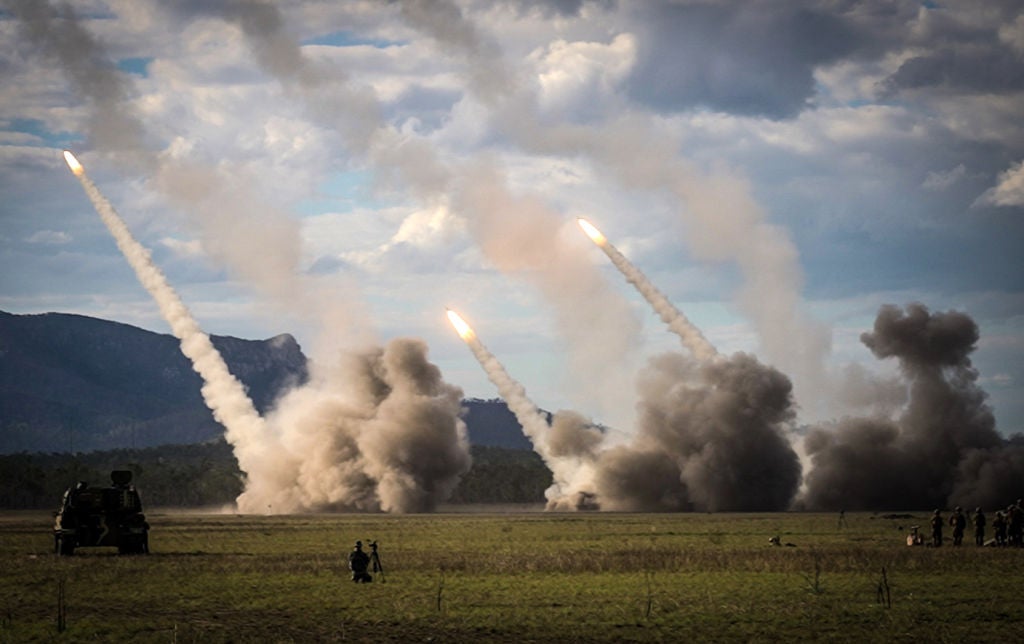
Australia appears to be reversing some of the changes it made to its army defence posture in 2012, when it restructured three of its brigades into multi-role formations, and is now assigning specialist roles to the 1st, 3rd and 7th Brigades, the Australian Government announced 28 September, 2023.
Until Plan Beersheba, announced in 2011, the Australian Army’s three regular force brigades had been a mechanised brigade (1st Brigade), a light infantry brigade (3rd Brigade) and mortised infantry formation (7th Brigade), but were restructured into multi-role manoeuvre brigades that were fundamentally alike in structure.
The announcement from the Australian Government today indicates that the generalist profile will be abandoned, and each brigade will move to a specialist function: 1st Brigade will become a light combat brigade; 3rd Brigade will be an armoured brigade; and 7th Brigade will return to being a motorised combat brigade.
The announcement also included a decision to re-raise the 10th Brigade, previously disbanded in 1942, to serve as a fires brigade.
The changes will also mean a set of new changes for Army equipment locations, notably to include a conversion for Adelaide’s Army presence, which will become ‘future-focused’ consolidating future long rage strike capabilities including High Mobility Artillery Rocket System (HIMARS) and the National Advanced Surface-to-Air Missile System (NASAMS) air defence missile capabilities.
Restructured by the Defence Strategic Review
The move follows from direction set forth in Australia’s Defence Strategic Review, with force structure design principles intended to move Australia from a balanced force to a focused force. The document set forth the basis for previously holding a balanced force structure, making the defence of Australia the principal contingency the armed forces were built around. The Defence Strategic Review goes on to state that the new focused force is designed to deal with a range of contingencies.
While it may appear counter-intuitive to design a focused force with the aim of countering a broader range of contingencies, it may signal an expectation of greater integration with allies and partners in joint task forces, and follow from the example of other nations that have directed their individual services into specific roles, for example, the specialist role the UK Royal Navy take in submarine hunting.
A close reading of Australia’s Defence Strategic Review suggests that the intention for the Australian Army is to focus on combat in the littoral with long range fire support, calling for the Army to ‘re-posture key capabilities’.
The Defence Strategic Review called for the immediate acceleration of Army Littoral Manoeuvre Vessels programmes and the acquisition of HIMARS and cancelled the self-propelled howitzers of the Protected Mobile Fires programme, as well as making a reduction in the size of the Land Combat Vehicle System.




